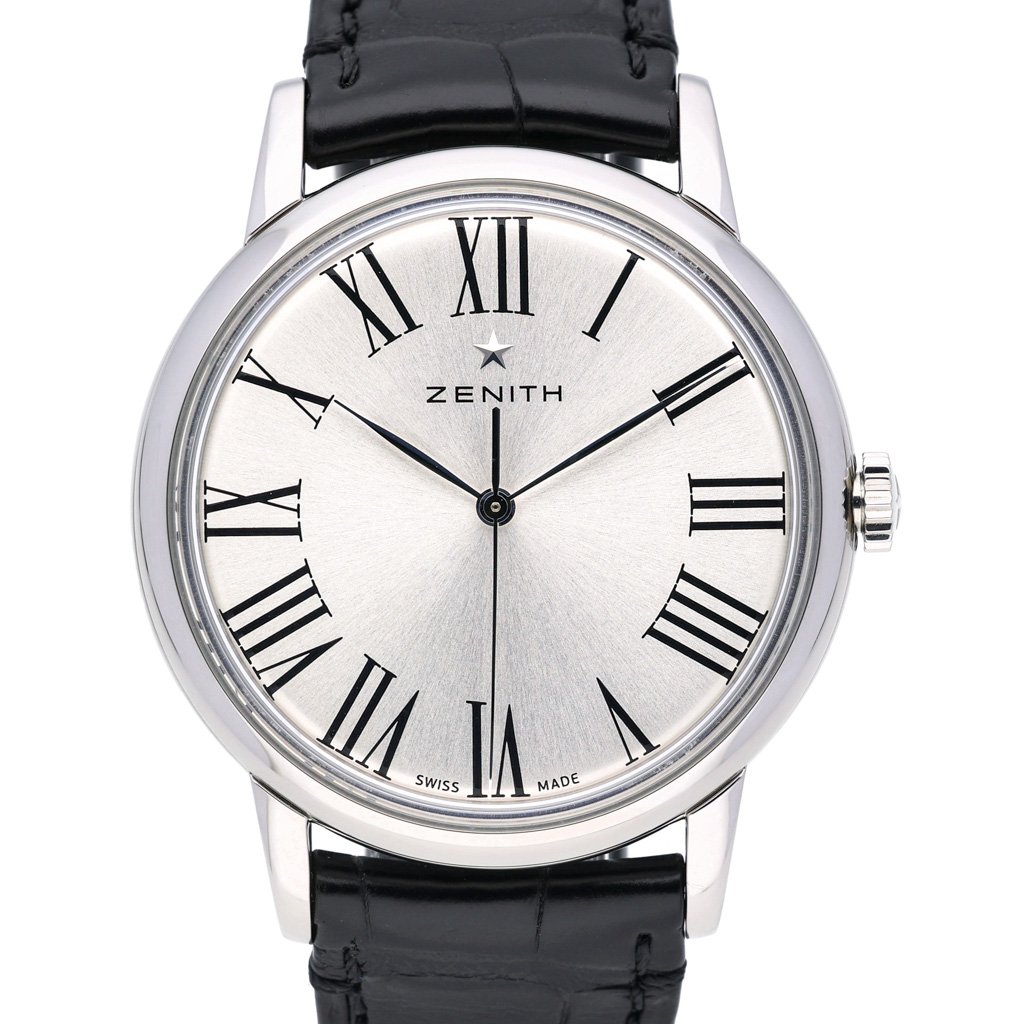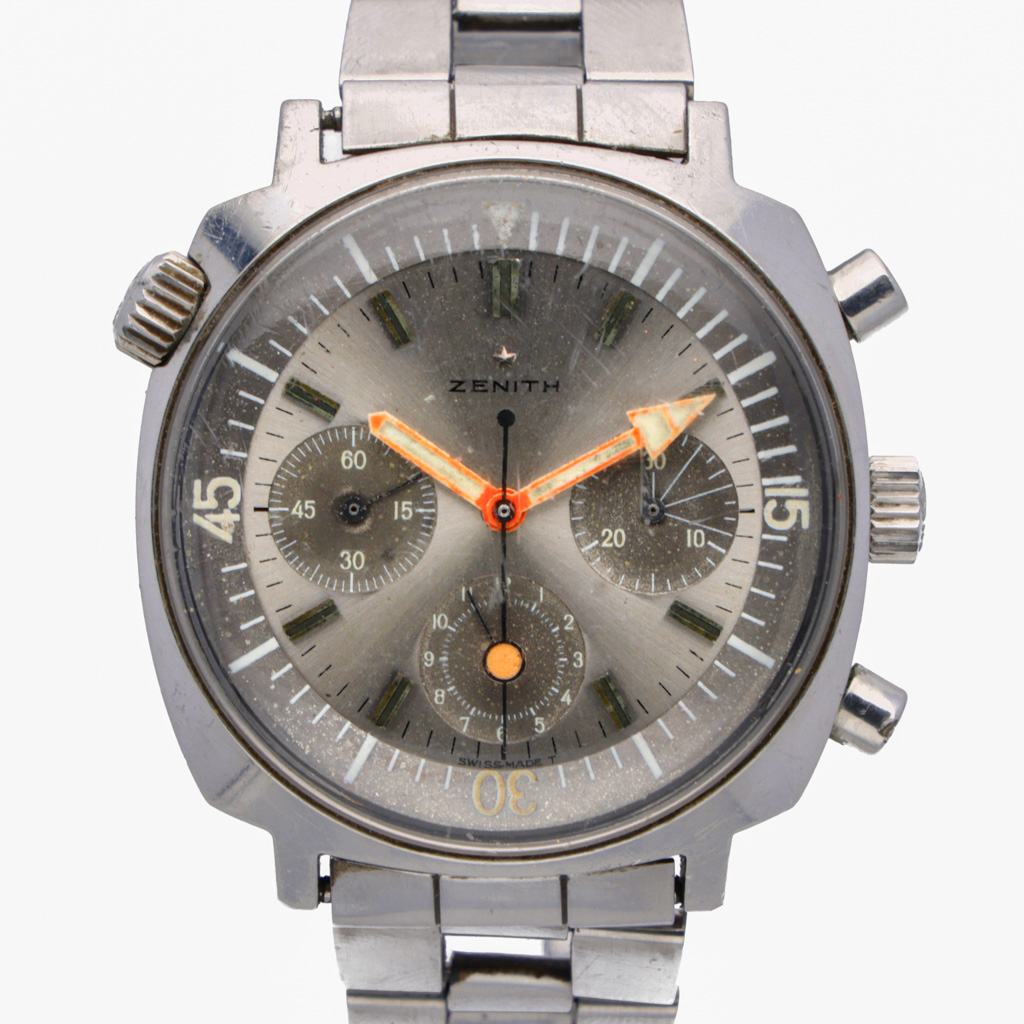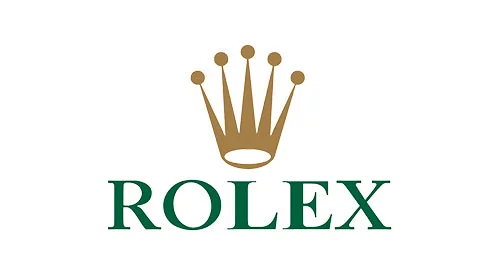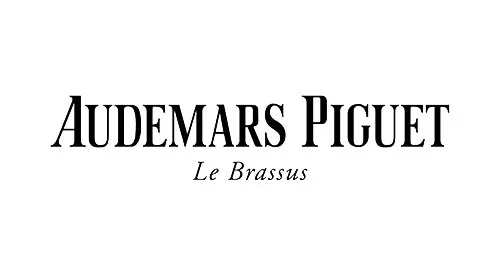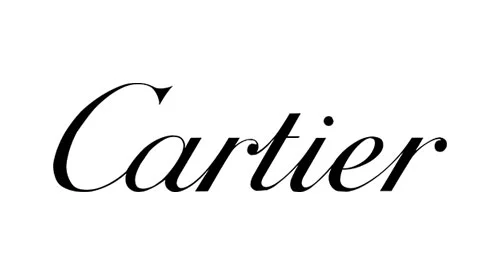Zenith Watches
Zenith SA is a Swiss luxury watchmaker. The company was launched by Georges Favre-Jacot in Le Locle in the canton of Neuchâtel in 1865 and is one of the oldest continually operating watchmakers. Favre-Jacot invented the concept of “in-house movements”, believing that the highest quality could be achieved only through control of the entire watchmaking process. LVMH bought Zenith in November 1999, as one of several brands in its watch and jewellery section, which includes TAG Heuer and Hublot. Julien Tornare is CEO and president
In 1865, at 22, George Farve-Jacot began fabricating watches under his name at a small workshop in Le Locle, Switzerland. After noticing the success of American watch companies Waltham and Elgin using mass production to sell inexpensive and dependable timepieces, he invested heavily in his own company to construct a vertically integrated watchmaking operation, becoming the first manufacture d’horlogerie.
Zenith purchased movement maker Martel in 1959 to for the vertical integration of watch manufacturing. Following the investment, the company began working on an automatic chronograph movement under the direction of Zenith’s leadership. In 1969, Zenith became the first company to advertise their achievement with the El Primero movement.
However, Zenith watches could not gain a significant market share in the United States due to continued naming conflicts with the Zenith Radio Company. To overcome this problem, Zenith in 1968 merged with Movado and later Mondia to sell in the US under the established Movado brand. The growing popularity of quartz watches led Zenith Radio Company to join the market in 1972 with the acquisition of Zenith. This move led to the halt of the production of mechanical movements and a shift to quartz movements, which was planned to save the company but eventually led to its sale in 1978.
In 1978, Dixi, under the administration of Paul Castella, purchased Movado-Zenith-Mondia from Zenith Radio Company. Despite the Quartz Crisis causing other brands in the consortium to halt production, Zenith persisted with wristwatch production to survive. As the demand for mechanical movements began to resurge, Ebel and Rolex sourced the El Primero movement for their own chronograph timepieces, which helped revitalise the struggling brand. In 1999, LVMH purchased Zenith for $48.4 million USD, and it is still a part of the luxury goods conglomerate today.




